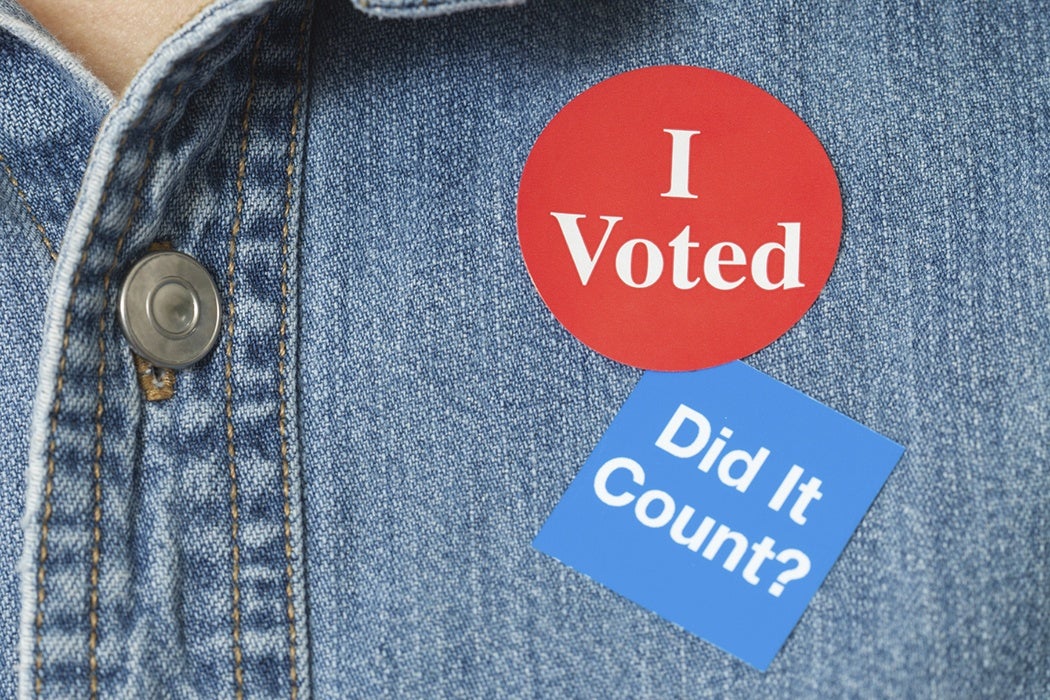Donald Trump has been dropping hints that if he loses the election, it may be because of dirty tricks at the polling booths. Although in-person voter fraud is close to nonexistent, it’s a big concern for many voters.
How did these worries come to loom so large? As Peter Dreier and Christopher R. Martin found in a 2010 paper, it has a lot to do with media coverage of an activist group called the Association of Community Organizations for Reform Now, or ACORN.
Before 2008, ACORN was the largest community organizing group in the country, though it was not particularly well-known. Based mostly in low-income city neighborhoods, its chapters worked on local issues and also coordinated nationwide campaigns on topics like predatory lending, school reform, low wages, and welfare reform.
ACORN’s work earned the ire of some in the banking industry, as well as other business interests that opposed minimum wages increases. In 2004, Republican strategist Karl Rove organized a campaign to prosecute the group for voter fraud in various states. When the U.S. Attorney in New Mexico refused, arguing that the group had not committed any fraud, Rove convinced Attorney General Alberto Gonzales to fire him—part of a pattern that eventually led to a scandal that forced Gonzales to resign.
Over the next few years, Dreier and Martin write, allegations against the organization snowballed on right-wing news sites. These sites misrepresented cases like the one in New Mexico to suggest ACORN had been found unambiguously guilty of fraud. When some Washington State ACORN workers falsified signatures on a voter registration drive—not to rig an election but to get paid for work they didn’t do—the sites repeatedly cited the situation as evidence of voter fraud.
But it was only in October of 2008, a month before the presidential election, that stories about ACORN and voter fraud really caught the public’s attention. On October 5, Sean Hannity used a special edition of his Fox News show to summarize the allegations that had been circulating on the right-wing internet for years.
Weekly Newsletter
Then, starting on October 9, CNN began airing a series of stories focusing on new complaints of fraudulent voter registrations that ACORN had submitted in Indiana. The group had flagged the registrations as potentially fraudulent before submitting them to the county election board, and it was required to submit all collected registration forms even if it was aware they were fake. Still, the story was presented as evidence of large-scale vote rigging.
ACORN folded in 2010, but the myths around the group remained powerful. As recently as this August, a poll of North Carolina Trump supporters found that 40 percent believed the non-existent group could steal the election for Hillary Clinton.
Support JSTOR Daily! Join our new membership program on Patreon today.







